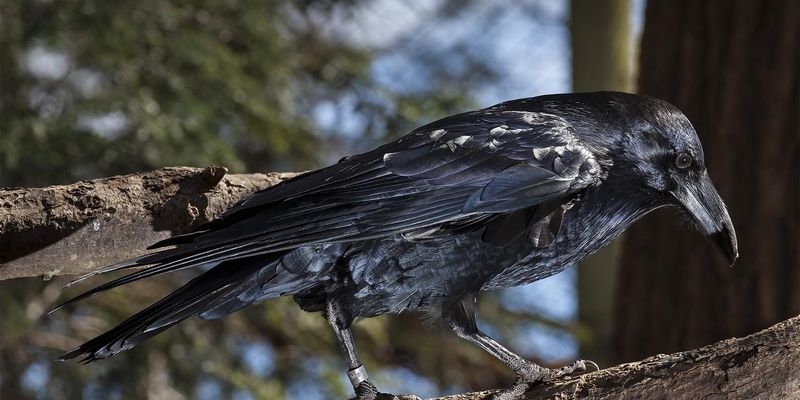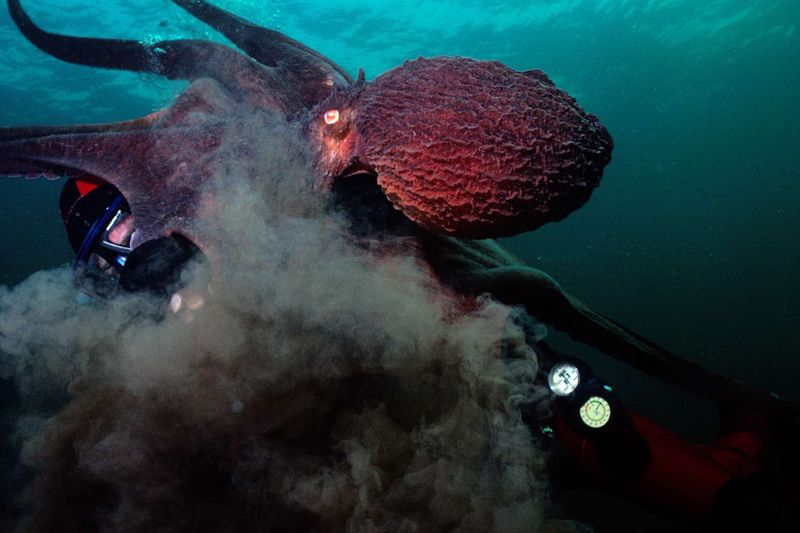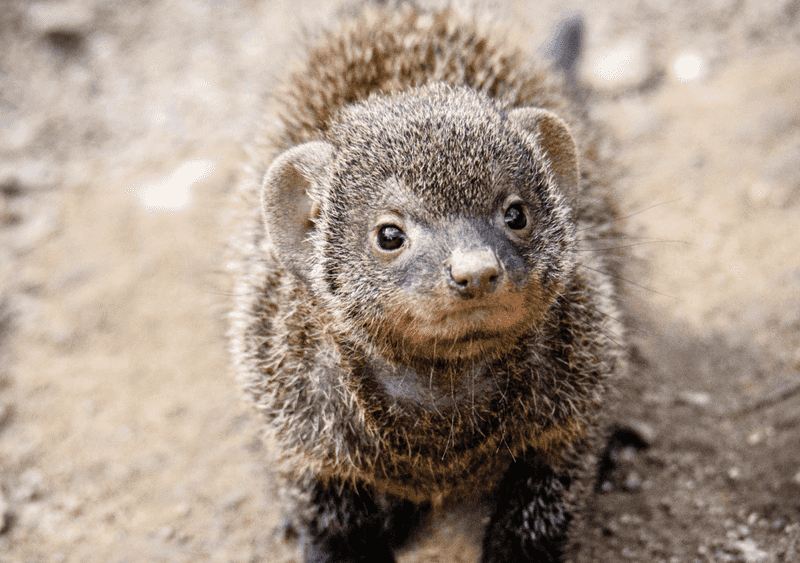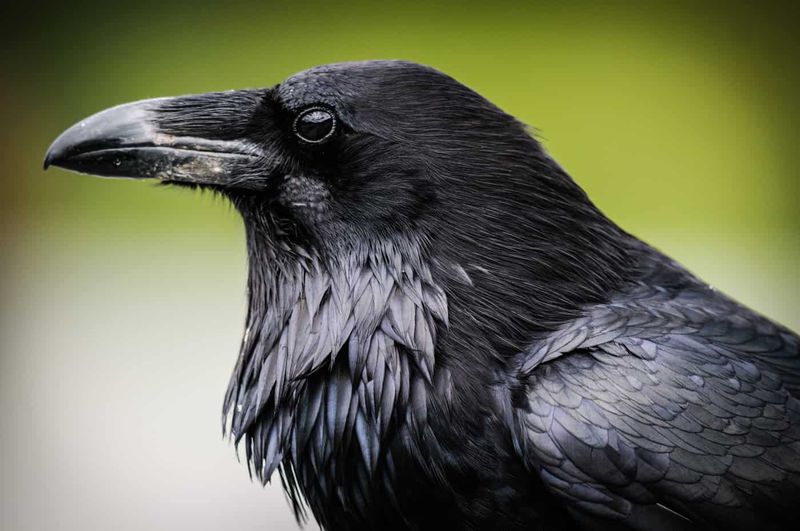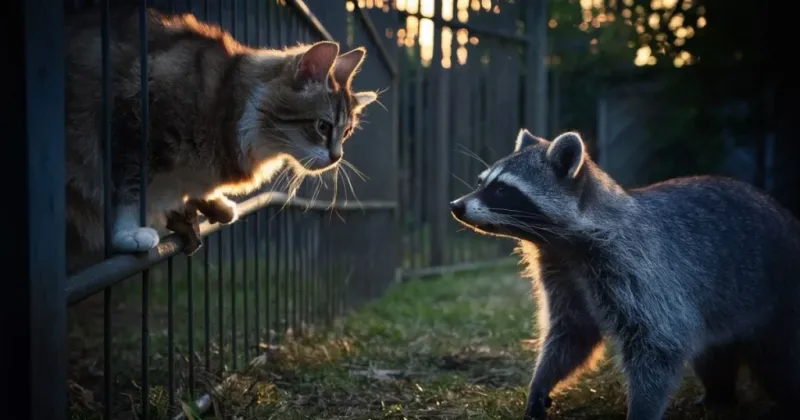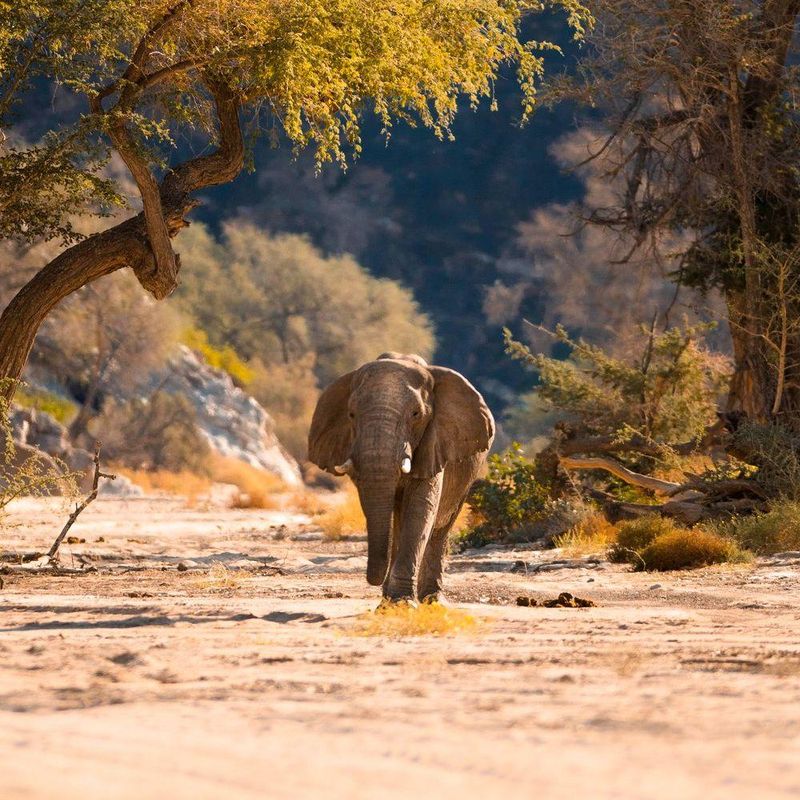📖 Table of Content:
Cats are celebrated for their sharp reflexes, stealthy movements, and impressive hunting instincts. These traits have earned them a place near the top of the small-animal predator hierarchy. Yet even the most skilled feline can meet its match in nature’s game of survival.
Across the animal kingdom, some species have developed clever strategies to evade or confuse predators like cats. Whether through speed, camouflage, or psychological trickery, these animals have found ways to tip the balance in their favor. Outsmarting a cat takes more than luck—it requires evolution-backed tactics.
These natural survivors thrive not by brute force, but through intelligence, adaptation, and quick thinking. Their defenses range from feigning death to creating distractions, proving that brains often triumph over brawn. Each encounter becomes a silent contest of wits, where survival depends on outmaneuvering one of nature’s most cunning hunters.
1. Ravens
Few animals frustrate cats like ravens do. These brilliant birds can manipulate objects, anticipate danger, and even remember human faces, making them tough targets. When threatened, ravens distract with dropped items or rally reinforcements through sharp, strategic calls.
Their remarkable memory allows them to remember which cats are dangerous and which areas to avoid. Ravens have been observed leading cats on wild chases, flying just low enough to keep interest before suddenly soaring upward when the cat pounces. This intelligence makes ravens virtually uncatchable by even the most determined feline hunters.
2. Octopuses
Masters of disguise and escape, octopuses regularly baffle cats that encounter them in coastal areas. With three hearts, nine brains, and problem-solving abilities that rival primates, these cephalopods are truly remarkable. An octopus can squeeze through openings as small as a quarter, making cat-proof enclosures nearly impossible.
They’ve been documented unscrewing jar lids, navigating mazes, and mimicking other sea creatures to avoid detection. When confronted by a fishing cat or other feline predator, octopuses release ink clouds, change colors instantly, or use jet propulsion to disappear in seconds. Their toolkit of escape tactics makes them virtually uncatchable.
3. Mongooses
Fearless and lightning-quick, mongooses have evolved specifically to handle dangerous predators. Their secret weapon against cats is their incredible reaction time—four times faster than a human’s and twice as fast as most felines. Mongooses dance and dodge around attacking cats with moves that seem almost choreographed.
They use their low center of gravity and flexible spine to make sudden directional changes that even agile cats can’t match. These bold creatures will even band together to mob larger cats, surrounding and confusing them with coordinated attacks. Their immunity to certain venoms also gives them advantages when dealing with venomous prey that might otherwise attract cats.
4. Crows
As part of the corvid family, crows are known for their remarkable intelligence and problem-solving abilities. They can identify faces, use objects as tools, and remember threats long after the danger has passed. If a cat crosses one, that crow may issue a widespread warning, effectively making the feline a marked predator in the eyes of the entire local flock.
Researchers have documented crows dropping nuts in front of cars at intersections, waiting for traffic to crack them open, then retrieving the food when the light changes. This level of planning and patience demonstrates why cats rarely succeed in catching these black-feathered geniuses.
5. Honey Badgers
Pound for pound, honey badgers might be the toughest animals alive. Their loose, thick skin allows them to twist around and bite attackers even when caught, making them a nightmare opponent for cats of any size. Lions and leopards typically avoid fully grown honey badgers due to their incredible tenacity and sharp teeth.
Their skin is nearly impervious to bee stings and snake bites, and tough enough to resist cat claws effectively. Honey badgers have been recorded chasing off lions from kills and stealing food from leopards. Their fearlessness and aggression turn the tables on feline predators, making cats the ones who need to watch their backs when honey badgers are around.
6. Raccoons
With hands that rival human dexterity, raccoons can outwit many predators—including curious cats. These animals skillfully open containers, unlatch gates, and explore objects with careful precision. If threatened, raccoons rely on their expert climbing skills or dive into water to make a quick escape.
Their intelligence allows them to remember solutions to problems for up to three years, helping them avoid repeated cat ambushes. Urban raccoons have learned to use human structures to their advantage, navigating drainage systems and rooftops to avoid ground-based predators like cats. Their adaptability in human environments gives them edges that even the most street-smart cats can’t match.
7. Dolphins
Dolphins outclass fishing cats with their unmatched aquatic intelligence and social coordination. Their echolocation provides a detailed 3D map of their surroundings, allowing them to detect cats lurking near shorelines or on boats. These marine mammals can recognize themselves in mirrors and understand pointing gestures—cognitive abilities beyond most cats.
They communicate through a complex language of clicks and whistles to coordinate group responses to threats. Fishing cats that attempt to hunt dolphins quickly find themselves outmaneuvered by animals that can swim at 20 mph and hold their breath for up to 10 minutes. Dolphins have even been known to help humans escape shark attacks, showing strategic thinking that cats rarely display.
8. Elephants
Few creatures command as much respect as elephants, whose intelligence and memory rival that of any predator. They never forget a lion or tiger that posed a threat and will organize their defense accordingly. When danger looms, the herd closes ranks, forming a fortress of tusks and trunks to shield their young.
They use their trunks to detect predator scents from over a mile away, giving them ample warning of approaching cats. Female elephants work together to teach younger elephants about predator threats. They’ve been observed showing calves how to identify and respond to big cat tracks and scents—a level of knowledge transfer that demonstrates why elephants rarely fall prey to even the most cunning cats.

